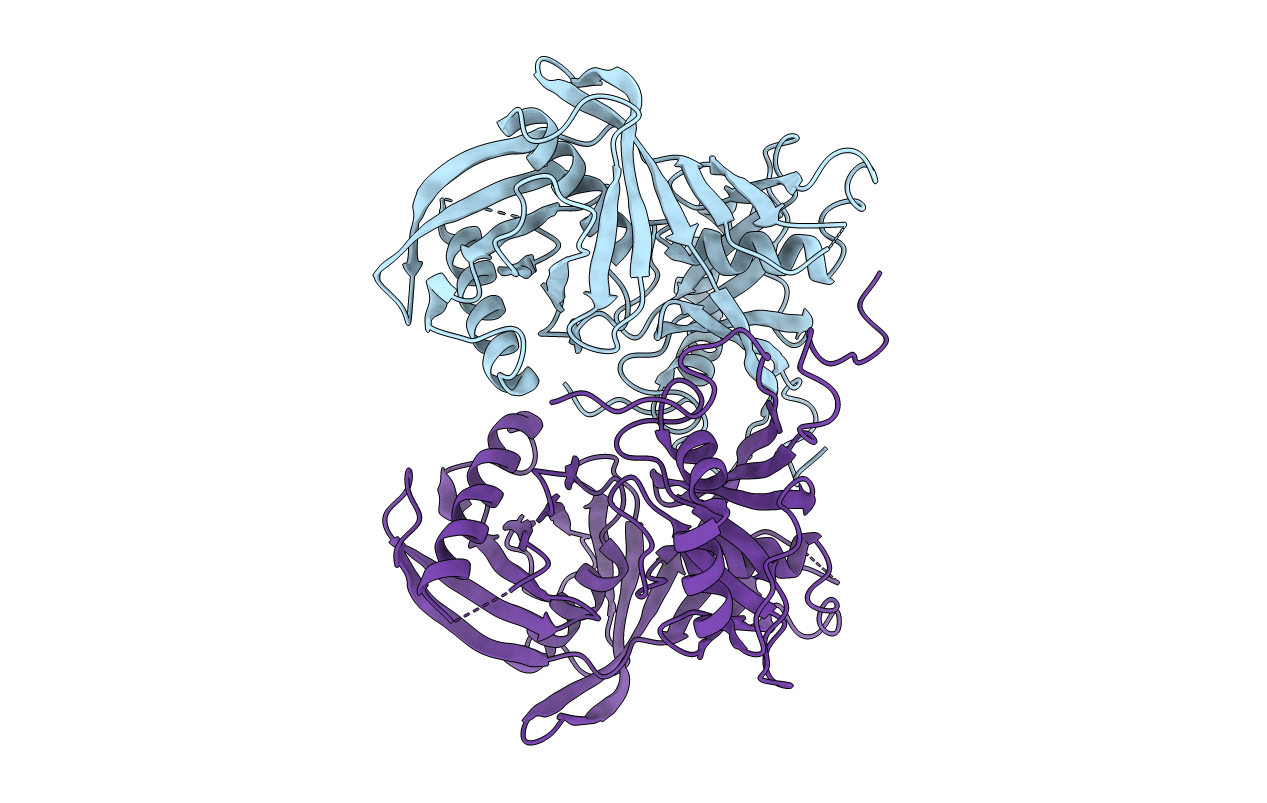
Deposition Date
2022-01-05
Release Date
2022-08-17
Last Version Date
2024-10-23
Entry Detail
PDB ID:
7QPO
Keywords:
Title:
Crystal structure of human trans-3-Hydroxy-L-proline dehydratase
Biological Source:
Source Organism:
Homo sapiens (Taxon ID: 9606)
Host Organism:
Method Details:
Experimental Method:
Resolution:
3.00 Å
R-Value Free:
0.26
R-Value Work:
0.22
R-Value Observed:
0.22
Space Group:
P 21 21 2


